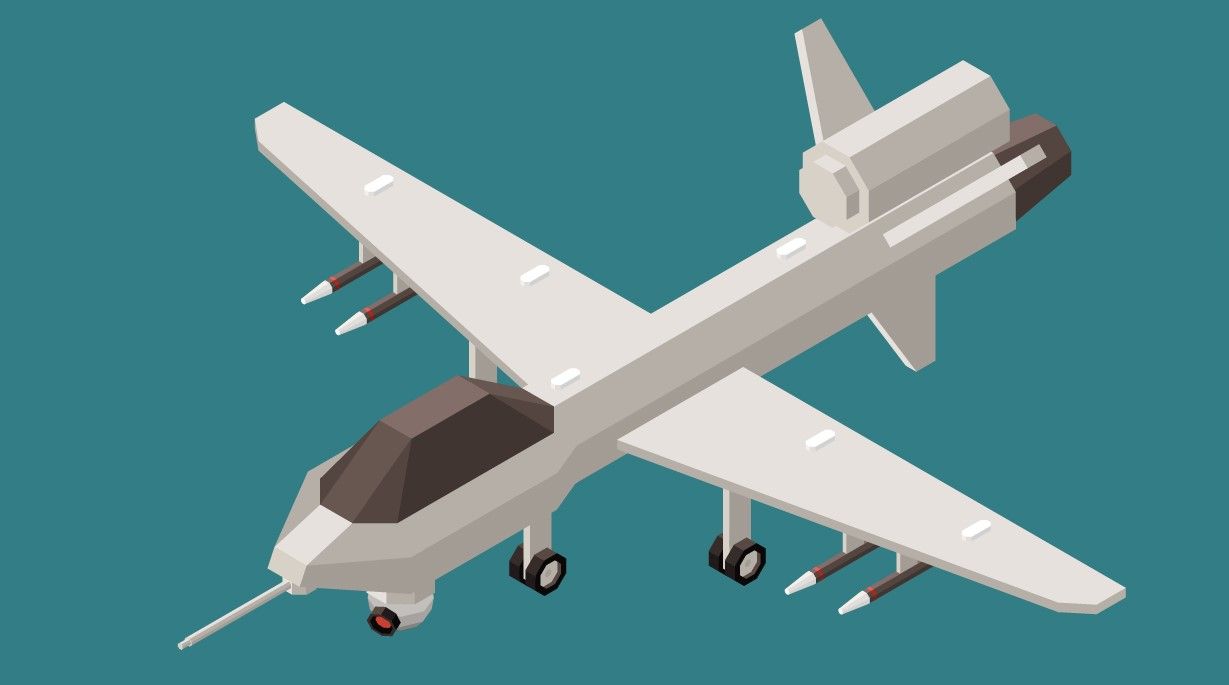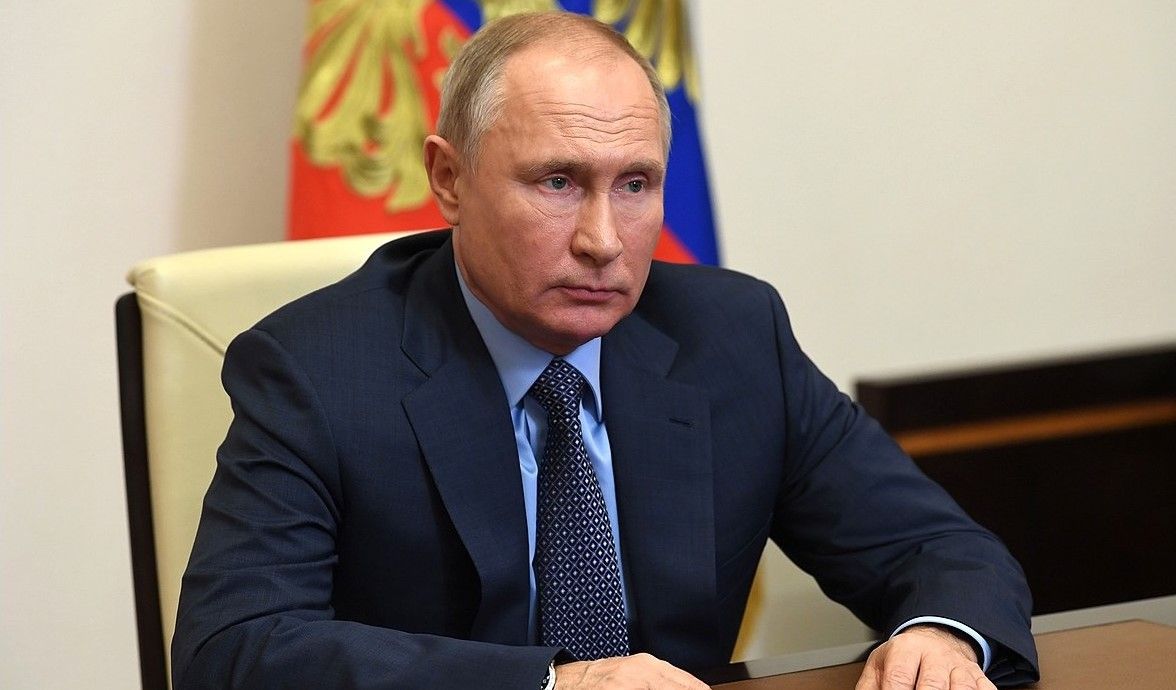Western sanctions against Russia have three main goals: to induce major disruption to the economy to an extent that instils regime change, to punish the individuals and institutions that support and aid the Putin regime, and to limit Russian military production. All of these goals combine in an attempt to stop the fighting and bring Russia to the negotiating table.
With military and political leaders now preparing for a long and drawn-out war lasting many years, it seems that the sanctions are not working as effectively as planned. Especially as recent evidence shows that Russia is importing drone components from Iran and is even building a drone manufacturing plant just outside Moscow.

The news came following a statement by White House National Security Council spokesman John Kirby who cited US intelligence findings.
“Russia has been using Iranian UAVs [uncrewed aerial vehicles] in recent weeks to strike Kyiv and terrorize the Ukrainian population, and the Russia-Iran military partnership appears to be deepening,” said Kirby. “We are also concerned that Russia is working with Iran to produce Iranian UAVs from inside Russia.”
As it sustains war losses, Russia has mainly depended on Shahed-class drones produced in Iran to attack Ukrainian infrastructure, with Moscow acquiring 400 or more Shahed drones since August and is currently attempting to buy additional advanced military drones from Tehran.
Vladimir Putin has even predicted that after a projected increase in manufacturing, the country's drone market could be worth as much as $12 billion. Additionally, first deputy prime minister Andrei Belousov has claimed that Russia could be producing 18,000 drones each year by the end of 2026.
This year, Iran has also provided Russia with an estimated 300,000 artillery shells.
In return for its support, Iran wants to purchase Russian defence equipment, such as attack helicopters, radars, cyber weapons, and the Yak-130 combat trainer plane.
Worse still for Ukraine and her allies, is a Wall Street Journal report which claims that China is also assisting Russia by providing components to Iran which can be used in the assembly of military drones.

The discovery was made by the British group Conflict Armament Research, which monitors global arms supply chains. While sifting through the remains of an Iranian drone shot down over Ukraine in the spring, military analysts found a Chinese made voltage converter which had been manufactured in 2023.
In response, the US and EU imposed sanctions in March on Chinese companies that sold parts for drones to Iran. Tehran was already restricted in certain financial, oil production, and manufacturing sectors over the advance of its nuclear weapons program, with those sanctions now being extended to include, “… the manufacture and supply of drones.”
However, it seems that globalization and Russia’s long and open borders with most of the world will ultimately condemn the sanctions efforts to fail. As discussed in an earlier article, Russia’s war economy is well insulated from the troubles of the wider global economy. As long as its war chest has enough to pay for imported products from China or India, then it can survive the costly inconvenience of not selling gas and oil to Europe.
To highlight this point, Putin recently dismissed the sanctions at a recent forum in St Petersburg, as an, “… economic blitzkrieg against Russia [which] had no chance of succeeding from the very beginning.”

With the U.S.A. and her allies not being able to guarantee that the sanctions goal of limiting Russian drone production can be achieved, it is being forced to intensify its efforts – particularly on China. As the world’s workshop, Beijing’s trading cooperation with Moscow has been a major support for Putin both physically and psychologically.
Supplies from China are a lifeblood to the Russian war effort, as it is a major supplier of the electronic components, rare earth elements, and semiconductors needed to build modern military hardware.
Knowing this, the EU and US have ramped up economic pressure on Chinese officials to halt the free movement of Russian owned yuan currency.
This could be seen in the recent Bank of China restrictions on transactions using the yuan between Russian clients and lenders in the US, the European Union, Switzerland, and the UK.
“The decision was not made by China, but rather by the EU and the US,” Pavel Semyonov, the chairman of the board of Modulbank, told RBC, per a Novaya Gazeta Europe translation. “That is how they are trying to ramp up the sanction pressure by choking off alternative channels in the form of yuan.”
With the situation on the battlefront in Ukraine and on the economic front on global trade clearly still highly volatile, only time will tell whether the West has the economic clout to prevent Moscow’s drone production and imports.
To learn more about how war, sanctions, and global economic turmoil have changed Russian economic policy and its financial outlook, read: The State of Russia’s War Economy.
Photo credit: Wikimedia, Macrovector on Freepik, Wikimedia, & FLY:D on Unsplash